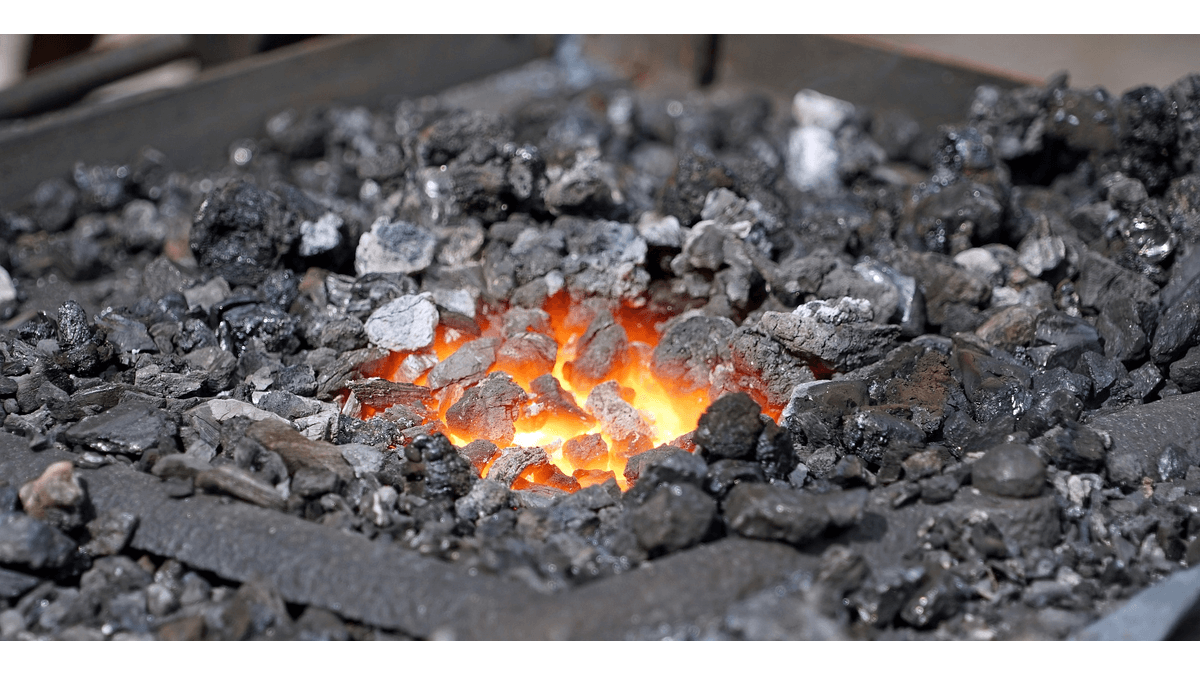From 2027, it is planned to introduce a new tax on coal and gas heating in Poland and throughout the European Union. This is a consequence of the ETS system, which until now concerned only enterprises. We already know that it will also include single-family houses heated with fossil fuels. If you heat your home with coal or gas, it is worth thinking about replacing the heat source.
ETS 2 is a carbon trading system that was introduced in 2005. Its main objectives are: reduction of CO2 emissions, improvement of energy efficiency and development of power industry based on renewable energy sources.
What is ETS?
The ETS (Emissions Trading System) is a European emissions trading system that was introduced in 2005 to reduce greenhouse gas emissions in Europe. This system is the world's largest market for greenhouse gas emissions and operates on the basis of CO2 emissions trading.
The ETS system consists in introducing emission limits for various sectors of the economy, such as industry, energy, transport and aviation. Companies in these sectors must have appropriate permits to emit greenhouse gases, and their total emissions must not exceed a certain limit. Companies that do not exceed their emissions can sell their surplus allowances to other companies that need additional allowances.
By enabling emissions trading, the EU ETS encourages companies to invest in low-carbon technologies to reduce their emissions, while stimulating investment in emission-reducing technologies in the future. Thanks to this, the ETS is one of the main instruments of the European climate and energy policy, supporting the objectives of the European Union regarding the reduction of greenhouse gas emissions. From 2027, the ETS will also apply to owners of single-family houses.
Will homeowners pay for emissions?
The introduction of the ETS system for single-family houses (ETS 2) is the result of the Fit for 55 package adopted by the European Union. It is a long-term plan of the European Commission, which aims to reduce greenhouse gas emissions by at least 55% by 2030 compared to the level in 1990. The package contains a number of legal proposals, including amendments to the directives on the emissions trading system, energy efficiency, renewable energy sources and provisions on fuel taxation and VAT.
From 2027, the ETS system will also be extended to owners of buildings that are not zero-emission. More specifically, we are talking about single-family houses heated with coal or gas. How much will the carbon tax be? This has not yet been determined, but currently there is talk of EUR 45 per tonne of gas emitted.
The emission charges will be added to the price of the raw material and will be enforced in this way. For farms, this means an increase in coal and gas prices. If? It is difficult to judge at the moment, but the increase is more than certain.

How to avoid the tax?
There is only one way to avoid the new fee and that is to replace the heat source. However, the costs of this undertaking must be taken into account. This is where co-financing programs such as Clean Air or Warm Apartment come in handy. Details on this can be found in the next post.
Choosing a new heat source is a serious undertaking, because it will accompany us for years to come. Therefore, it is worth getting acquainted with all the options available on the market. Electric infrared heating is an interesting alternative that is worth considering because of its properties. It is the only heating system that does not generate additional costs such as inspections, inspections or repairs. Heating films they are a simple structure with no mechanical parts and therefore nothing to break down. The other systems on the market obviously have their advantages, but they certainly cannot be said to be a simple construction. Heating films are also easy to install and do not require major renovation. It is a system that is convenient and cheap to use.
Why do we need alternative heat sources?
The energy policy of the European Union focuses on the so-called distributed energy. It is a concept in which energy is produced by small units, e.g. single-family houses. In addition, the EU promotes self-consumption of the generated energy. The electricity that we obtain from photovoltaic panels should be used by the recipient as much as possible. Ultimately, energy storage is to help with this, but so far they are too expensive to become widespread.
The concept of distributed energy works perfectly when we combine photovoltaics and electric infrared heating. In this way we get heating for free. It is worth getting interested in this topic now and not postponing the replacement of the heat source. The closer it gets to the date of introduction of the ETS, the more difficult it will be to obtain funding. Many people will leave it to the last minute and offices will be flooded with applications. It will certainly be more difficult to find a good specialist, e.g. for thermal modernization. And this is a topic that goes hand in hand with the replacement of the heat source.
It may seem that the EU plans are only on paper and it is better to live in the belief that "somehow it will work out". However, changes in regulations, introduction of new fees, etc. are happening before our eyes. It is also visible that the government allocates considerable funds to co-financing programs for the replacement of heat sources and thermal modernization. Whether we like it or not, every single-family home owner will have to adapt to them. It is therefore worth considering the right source of heat that will work trouble-free for many years.
source: Termofol

